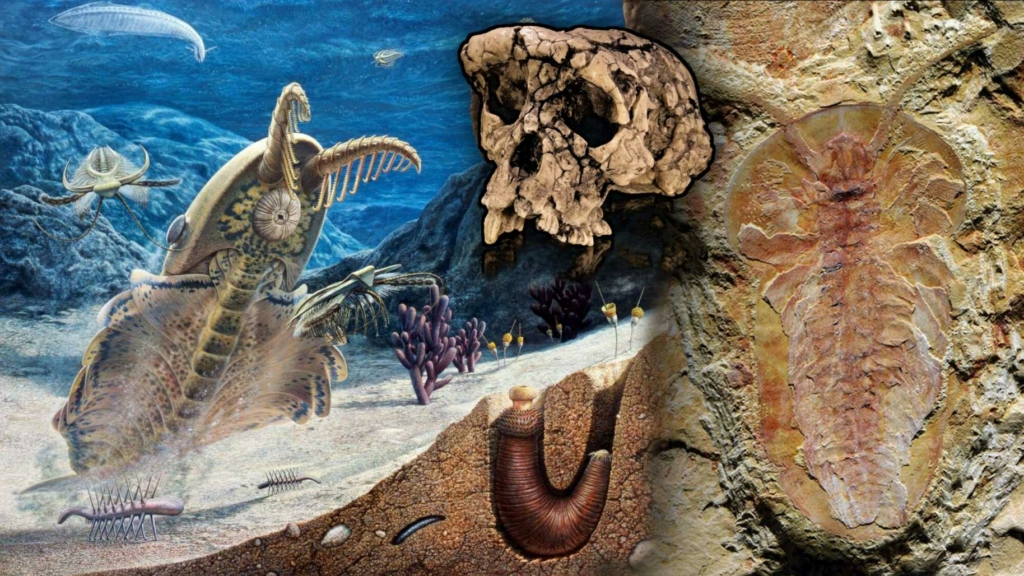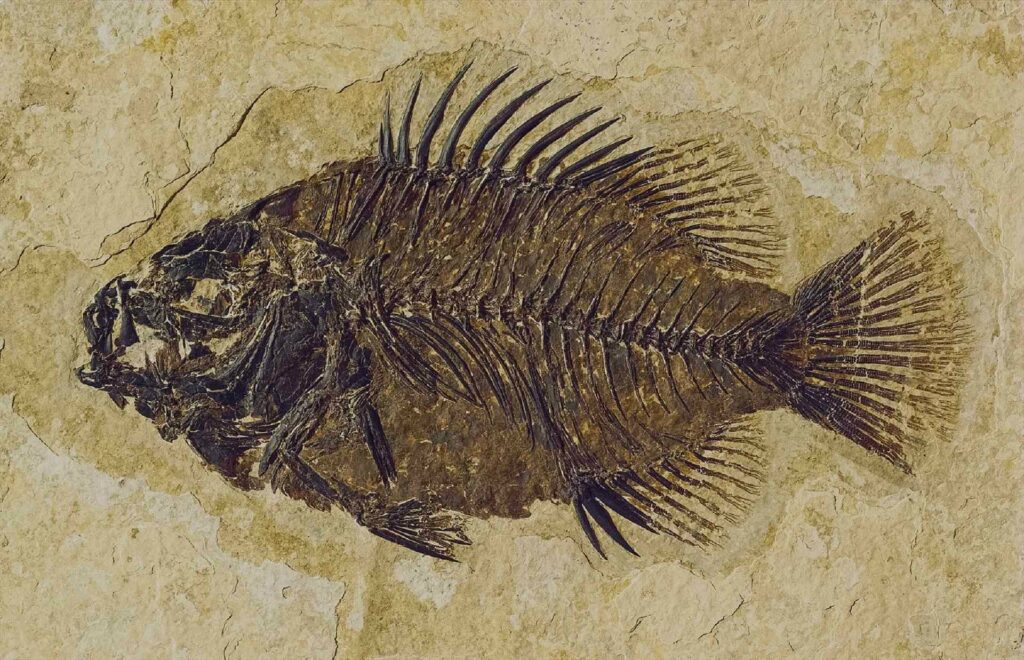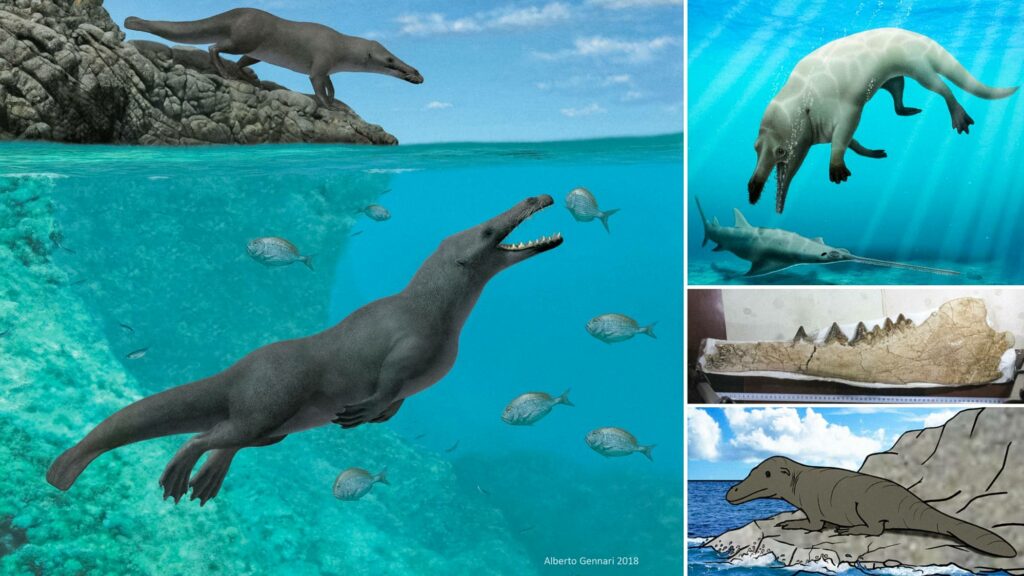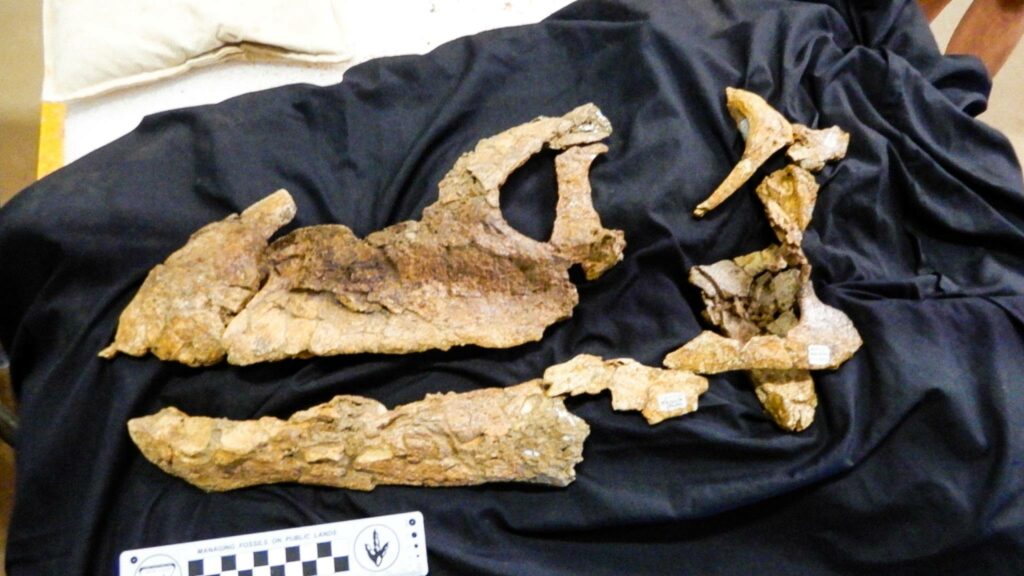
Are the ‘Chachapoya Clouds Warriors’ of ancient Peru descendants of Europeans?
At 4,000 km upriver you reach the foothills of the Andes in Peru, and there lived the people of the Chachapoya, also called “The Warriors of the Clouds.” There is…

At 4,000 km upriver you reach the foothills of the Andes in Peru, and there lived the people of the Chachapoya, also called “The Warriors of the Clouds.” There is…

A recently published study was based on an analysis of rocks that are 518-million-years-old and contain the oldest collection of fossils that scientists currently have on record. According to the…







